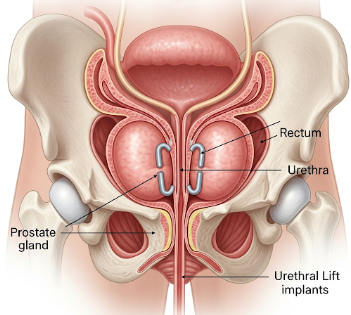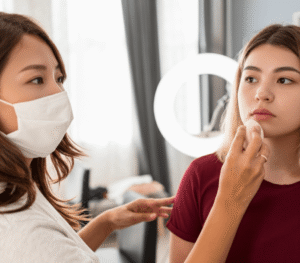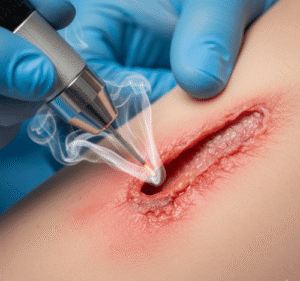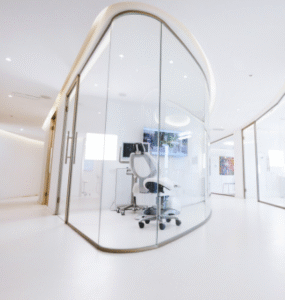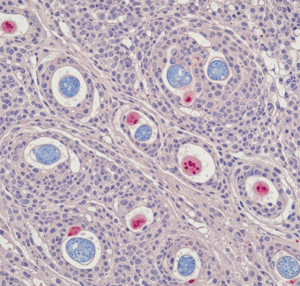Overview
Prostatic Urethral Lift (PUL) is a minimally invasive procedure to treat benign prostatic hyperplasia (BPH), a condition where the prostate enlarges and obstructs urine flow. PUL uses small implants to lift and hold the enlarged prostate tissue, opening the urethra without removing prostate tissue.
South Korea is renowned for advanced urology centers, skilled surgeons, and cutting-edge minimally invasive technology, making it a leading destination for PUL procedures with excellent safety and functional outcomes.
What is Prostatic Urethral Lift?
PUL is a non-resective therapy designed to relieve urinary obstruction caused by BPH. Key features include:
✔ Permanent implants: Tiny UroLift® implants compress prostate lobes to open the urethra.
➔ Preserves sexual function: No cutting, heating, or removal of tissue, reducing risk of erectile or ejaculatory dysfunction.
● Minimally invasive: Typically performed under local or general anesthesia.
★ Rapid symptom relief: Patients often experience improvement in urinary flow soon after the procedure.
PUL is suitable for men with moderate BPH symptoms, prostate sizes generally less than 100 grams, and no obstructive median lobe.
What are the Benefits?
Prostatic Urethral Lift offers several advantages:
✔ Improves urinary flow and reduces BPH symptoms.
➔ Preserves sexual function, including ejaculation and erectile function.
● Minimally invasive: Quick procedure with short recovery.
★ Outpatient procedure: Most patients go home the same day.
➤ Low risk of complications compared to traditional surgery (TURP).
Procedure Details
1) How should I prepare for Prostatic Urethral Lift?
Preparation ensures safety and optimal outcomes:
✔ Comprehensive evaluation: Physical exam, PSA levels, urine tests, and imaging as needed.
➔ Medication review: Adjust blood thinners and other medications as advised by the urologist.
● Pre-procedure counseling: Discuss procedure steps, potential risks, and post-operative care.
★ Lifestyle adjustments: Ensure hydration and avoid medications that may increase bleeding risk.
➤ Anesthesia preparation: Typically local anesthesia with sedation or general anesthesia is used.
2) What happens during the procedure Prostatic Urethral Lift?
PUL is performed using a special transurethral device:
✔ Cystoscopic access: A small scope is inserted into the urethra to visualize the prostate.
➔ Implant deployment: Tiny implants are delivered to lift and hold enlarged prostate lobes apart.
● Urethral expansion: Implants open the urethral passage for improved urine flow.
★ Procedure time: Usually 30–60 minutes; most patients discharged the same day.
➤ Immediate assessment: Urologist confirms urethral patency and proper implant placement.
Korean urologists often use high-definition cystoscopy and image guidance for precise and safe implant placement.
3) What happens after Prostatic Urethral Lift?
Post-procedure care focuses on symptom relief and healing:
✔ Short-term discomfort: Mild burning or urgency is common in the first few days.
➔ Urinary catheter: May be used temporarily if needed.
● Medications: Analgesics or anti-inflammatories for discomfort; antibiotics may be prescribed.
★ Symptom improvement: Most men notice improved urine flow within days to weeks.
➤ Follow-up: Assessment at 1–4 weeks to check urinary function and implant position.
Risks / Benefits
Possible Risks:
✔ Temporary urinary urgency or frequency
➔ Mild hematuria (blood in urine)
● Discomfort or burning on urination
★ Rare implant migration or need for repeat procedure
➤ Urinary tract infection (UTI)
Major Benefits:
✔ Minimally invasive with rapid recovery
➔ Relieves urinary obstruction and BPH symptoms
● Preserves sexual and ejaculatory function
★ Outpatient procedure with minimal hospital stay
➤ Low complication rates compared to traditional BPH surgery
Recovery and Outlook
✔ Immediate recovery: Usually discharged the same day; resume light activity.
➔ Short-term symptoms: Mild urinary frequency, urgency, or discomfort for 1–2 weeks.
● Normal activity: Most men return to regular activities within a few days.
★ Long-term outcome: Durable improvement in urinary flow and BPH symptoms; implants are permanent.
➤ Follow-up: Periodic assessment to monitor urinary function and prostate health.
When To Call the Doctor
Contact your doctor immediately if you notice:
✔ Severe or worsening urinary pain
➔ Persistent blood in urine
● Fever or signs of infection
★ Difficulty urinating or urinary retention
➤ Implant-related complications such as unusual discomfort or blockage
Best Korea Option / Process
South Korea provides expert Prostatic Urethral Lift care with:
✔ Leading hospitals: Samsung Medical Center, Asan Medical Center, Severance Hospital.
➔ High-precision cystoscopy and implant devices for accurate placement.
● Experienced urologists: Skilled in minimally invasive BPH treatments.
★ Comprehensive outpatient care: Short procedure, rapid recovery, and post-operative monitoring.
➤ Medical tourism support: Translation, travel coordination, and continuity of care for international patients.
✅ Highlights:
✔ Prostatic Urethral Lift treats BPH with minimally invasive implants
➔ Improves urinary flow and relieves obstruction
● Preserves sexual and ejaculatory function
★ Outpatient procedure with rapid recovery and low complication risk
➤ Korean hospitals provide advanced devices, expert surgeons, and comprehensive post-operative follow-up

